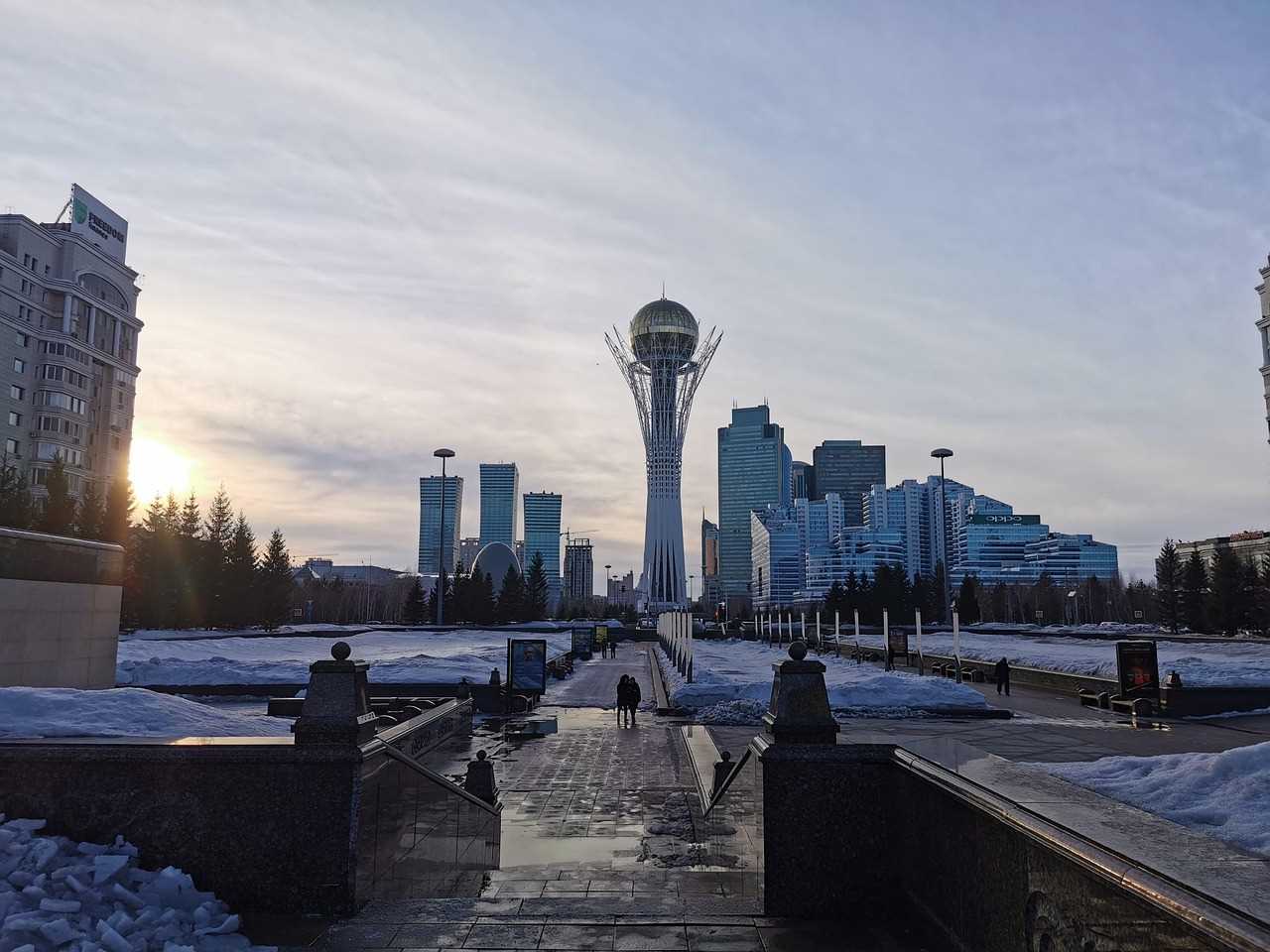Welcome to Astana, Kazakhstan
Conference Venue
|
|
Astana, Kazakhstan
Astana is the capital city of Kazakhstan. With a population of 1,423,726 within the city limits, it is the second-largest in the country after Almaty, which was the national capital until 1997. The city lies on the banks of the Ishim river in the north of Kazakhstan. It is located within the Akmola Region but administers itself. Initially founded as Aqmoly in 1830, the city was later renamed Akmolinsk, Tselinograd, and Aqmola before adopting the name Astana in 1998, which means "capital city" in Kazakh. In 2019, the city briefly adopted the name Nur-Sultan in honor of former president Nursultan Nazarbayev, but it returned to the name Astana in 2022.
The city is renowned for its modern landmarks, including the Baiterek, which symbolizes Kazakhstan's independence, the Khan Shatyr Entertainment Center, and the Hazrat Sultan Mosque, one of the largest in Central Asia. The Palace of Peace and Reconciliation, designed to host cultural and interfaith events, highlights the city’s role as a hub for dialogue and cooperation. In 2021, Astana was recognized as one of Kazakhstan's 10 priority tourist destinations. Visitors can explore cultural venues such as the Astana Opera and the National Museum of the Republic of Kazakhstan, alongside parks like Presidential Park and Central Park, which offer recreational spaces along the Ishim.
Nazarbayev University (NU) is a flagship academic institution in Central Asia with ambitions to achieve global recognition as a top-tier research university. Located in the heart of Eurasia, in Kazakhstan's capital, Astana, NU distinguishes itself through a fully merit-based admission system that seamlessly integrates professor-led teaching and research from a student's very first day as a freshman. NU is more than just a novelty; it is a higher-education institution dedicated to equipping graduates with the skills they need to thrive in an era of globalization and technological advancement.
For more details of NU, please visit: https://nu.edu.kz/en/about
1. Baiterek
Baiterek (Kazakh: Бәйтерек, romanized: Bäiterek; "tall poplar tree") is a monument and observation tower in Astana, the capital city of Kazakhstan. A tourist attraction popular with foreign visitors and Kazakhs, it is emblematic of the city, which became capital of the country in 1997. The tower is located on Nurjol Boulevard, and is considered a symbol of post-independence Kazakhstan.
The monument was built as a symbol of the transfer of the capital from Alma Ata to Astana in 1997.The monument is meant to embody a folktale about a mythical tree of life and a magic bird of happiness: the bird, named Simurgh, laid her egg in the crevice between two branches of the tree.
2. Astana Opera
The design has been partially made by Nursultan Nazarbayev, and the construction began on 6 July 2010 under direction of Mabetex Group. The Opera House sits on a 9 ha site. The opera house opened in 2013, the inaugurative representation being the Kazakh opera Birzhan and Sara. The acoustics of the theatre is considered one of the best in the world[citation needed] and it was designed by the Italian Enrico Moretti (Biobyte ) and Maria Cairoli.
It is the second newly built opera house in Astana, as the Palace of Peace and Reconciliation, hosting a 1500 seats opera hall, was completed in 2006. It is considered the third biggest opera house in the world; one of its remarkable characteristics is the 1.6 ton chandelier hanging in the 13 m high concourse. The opera house has also several facilities, such as a restaurant and all installations required for the troupe's rehearsals. The style of the opera house is inspired by the Ancient Greek architecture,but also include typical elements of the national heritage, such as frescos of Sharyn Canyon and Burabay.
3. Ishim
The Ishim (Russian: Иши́м, romanized: Ishim; Kazakh: Есіл, romanized: Esıl) is a river running through Kazakhstan and Russia. It is 2,450 kilometres (1,520 mi) long, and has a drainage basin of 177,000 square kilometres (68,000 sq mi). Its average discharge is 56.3 cubic metres per second (1,990 cu ft/s). It is a left tributary of the Irtysh. The Ishim is partly navigable in its lower reaches. The upper course of the Ishim passes through Astana, the capital of Kazakhstan. In Russia, the course of the river travels through a vast marshland, and has countless meanders and oxbow lakes. The river freezes from late November until March.
 |
 |
 |


